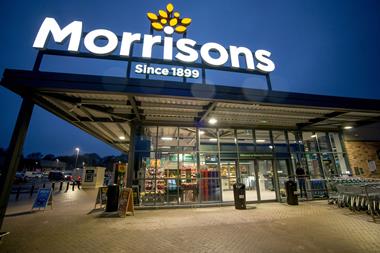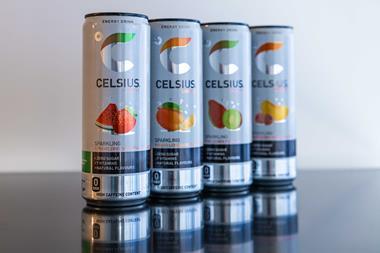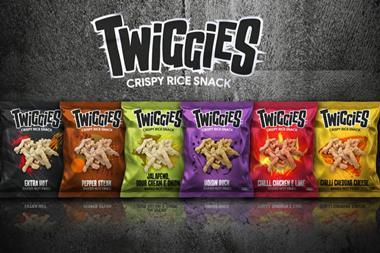>>presentation that really works
With the multiple grocers increasing their non-food market share, we talk to the big supermarkets and designers tasked with creating killer merchandising schemes.
n Karl McKeever, brand director of Visual Thinking: “Presentation methods should not blur the edges of what the supermarket is fundamentally all about, but clothing and homewares are the two areas that may need more differentiation.”
n June Robson, managing director of Zebra, to which Tesco outsources project management and design implementation for Cherokee: “The non-food and food categories should not be completely different, you need a flow between the two. Supermarkets must be careful they don’t start becoming department stores because in a supermarket shoppers tend to be in ‘grocery’ mode and want value and convenience. Effective merchandising comes back to convenience - customers need to be able to build sets of, say, plates, by buying them in ones and twos.”
n Sainsbury: “The shopping trip in supermarkets is different to that on the high street and therefore merchandising principles and layout need to address this. For example, the merchandising principles need to address time factors placed on customers and the fact there are several missions that need to be accomplished during the visit.
“Supermarkets are competing with the high street in terms of design, style, quality and value and therefore the merchandising has to convey this message in a way that does justice to the product.”
n Adrian Warren, associate at Big W designer Kinnersley Kent: “Clothing in supermarkets is mostly about achieving some of the fashion appeal of the high street at a fraction of the price. Customers expectations are lower than they would be on the high street in terms of styling and price. Certainly the simplicity of the merchandising for Big W could work well for supermarkets in the value sector, such as Lidl and Aldi.”
n Richard Lloyd-Owen, UK partner in charge of consumer business at Deloitte: “The grocery retailers have a unique level of experience in getting suppliers to brand areas on their behalf.
“I think what we’ll see in the future is a manufacturer like Philips coming in and taking branded, paid for space within a Sainsbury’s or a Tesco.”
With the multiple grocers increasing their non-food market share, we talk to the big supermarkets and designers tasked with creating killer merchandising schemes.
“Supermarkets are competing with the high street in terms of design, style, quality and value and therefore the merchandising has to convey this message in a way that does justice to the product.”
“I think what we’ll see in the future is a manufacturer like Philips coming in and taking branded, paid for space within a Sainsbury’s or a Tesco.”













No comments yet